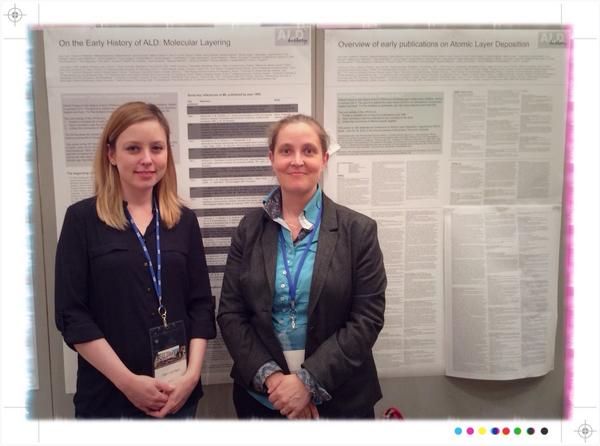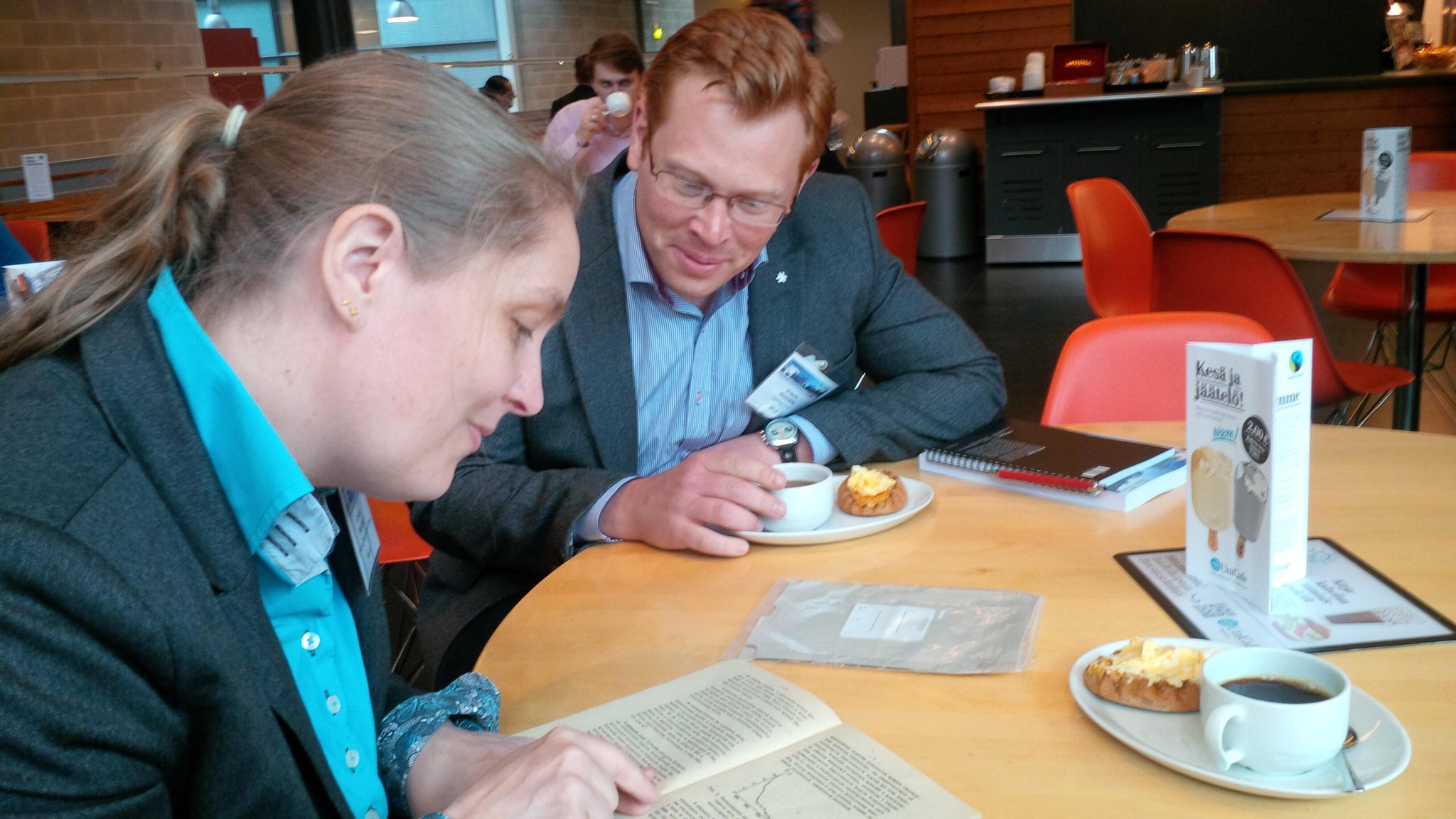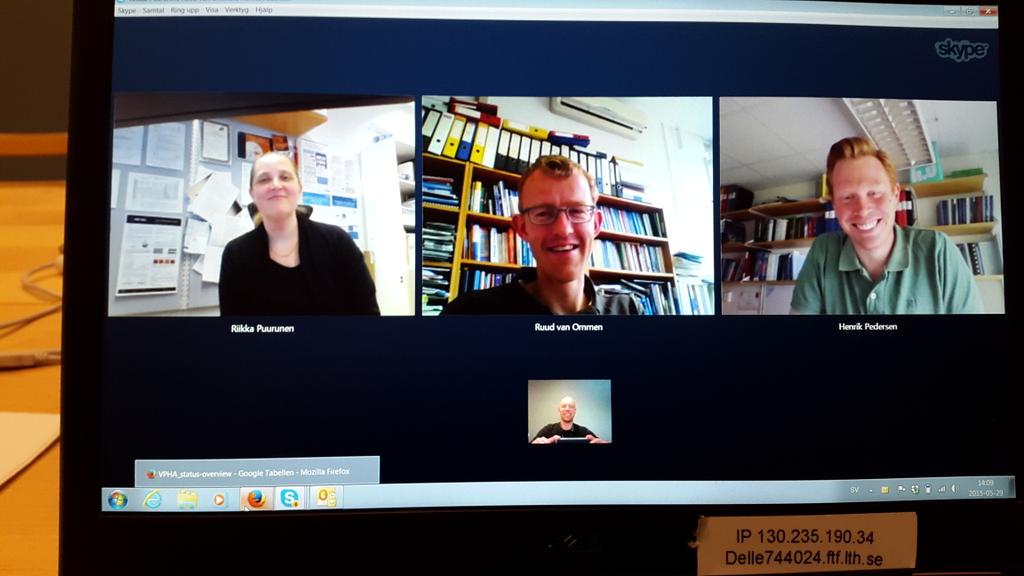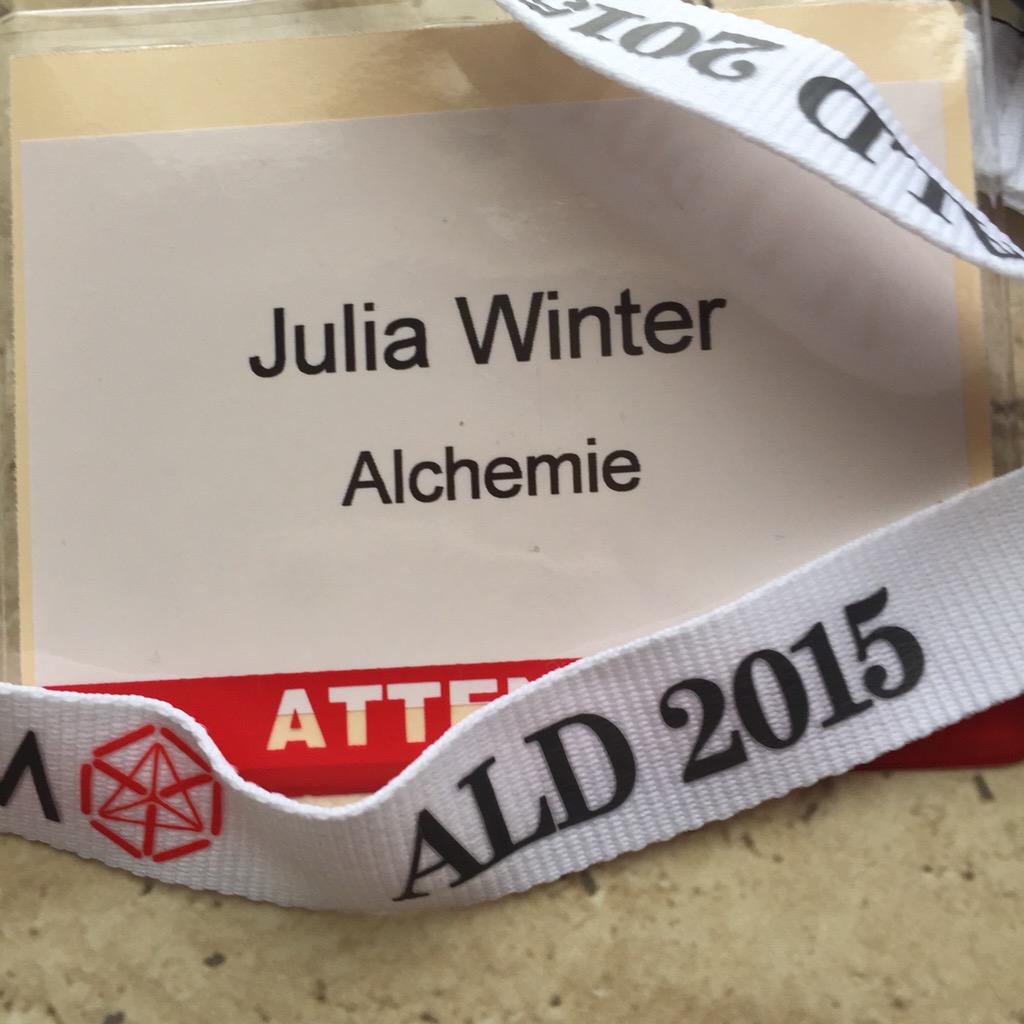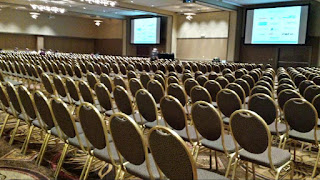The oral speakers have been announced for the 13th Baltic ALD conference in Tartu, Estonia September 28-29 - congratulations to everybody who made the quite competitive review process for oral presentation!
Invited speakers:
Prof. Markku Leskelä (University of Helsinki, Finland) "Recent challenges of ALD"
Prof. Maarit Karppinen (Aalto University, Finland) "Atomic/molecular layer deposition for multifunctional inorganic-organic thin films"
Prof. Nicola Pinna (Humboldt University of Berlin, Germany) "ALD of metal oxides onto nanostructured carbon materials"
Prof. Christophe Detavernier (University of Gent, Belgium) "Thermal and Plasma Enhanced Atomic Layer Deposition on Powders"
Dr. Massimo Tallarida (ALBA Synchrotron Light Source, Spain) "Recent advances and future directions in the investigation of ALD films with synchrotron radiation"
Dr. Sylwia Gieraltowska (Institute of Physics, Polish Academy of Sciences; Poland) "Oxide thin films grown by atomic layer deposition for antibacterial coatings"
Dr. Karol Fröhlich (Institute of Electrical Engineering, Slovak Academy of Sciences, Slovakia) "Atomic layer deposited films for next generation resistive switching memories"
Oral presentations:
Halit Altuntas "A comparative study of the AlN dielectric films grown by PA-ALD and HCP-ALD"
Elisa Atosuo "Lithiation of binary oxides using atomic layer deposition and solid state reaction"
Peter Basa "Electrical and optical characterization of Ga-doped ZnO layers adapted for optoelectronics application"
Mikhael Bechelany "Atomic layer deposition: from nanomaterials to membranes applications"
Ole Bethge "Re-growth of GeO2 in between Atomic Layer Deposited high-k oxides and Ge surfaces for improving the interface trap density"
David Cameron "Spectroscopic ellipsometry of the nucleation of ALD titanium dioxide films."
Bruno Dlubak "Sub-nanometer ALD for Spintronics in Magnetic Tunnel Junctions Based on Graphene Spin-Filtering Membranes"
Stanislaw Dubrovensky "Quantum chemical simulation for the synthesis of monolayer milticomponent coatings using molecular layering technique"
Salvador Duenas "Low temperature resistive switching in Ni-HfO2-Si capacitors"
Simon Elliott "How to design and optimise a process for selective area ALD"
Michael Getz "Down Conversion in YbVO4 and YVO4:Yb3+, Eu3+ Thin Films Synthesized by Atomic Layer Deposition"
Carlos Guerra "Morphology and Crystallinity Control of Ultrathin TiO2 Layers Deposited on Carbon Nanotubes by Temperature-Step ALD"
Christoph Hossbach "Compact Plasma Source for Direct and Remote Plasma Enhanced Atomic Layer Deposition of Conductive Thin Films"
Alexander G. Hufnagel "Nanostructured AZO supports for photoelectrochemical water-splitting by atomic layer deposition and hydrothermal methods"
Taivo Jõgiaas "Mechanical properties of aluminium, zirconium, hafnium and tantalum oxides and their nanolaminates grown by atomic layer deposition"
Marianna Kemell "Atomic layer deposition of As2S3 thin films"
Erwin Kessels "Nanotailoring ZnO:X (X = Al, B) Films by Atomic Layer Deposition"
Peter King "Interface engineering with ALD on germanium"
Harm Knoops "Low temperature plasma-assisted ALD of conductive films"
Kristian Blindheim Lausund "Deposition of organic-inorganic hybrid films of Zr-1,4-BDC by ALD"
Anatoly Malygin ""Framework" hypothesis of V. B. Aleskovskii - the fundamental basis of the molecular layering method"
Janne-Petteri Niemelä "Transport properties of ALD-fabricated Nb-doped TiO2 thin films"
Matti Putkonen "Antimicrobial properties of ALD films"
Riikka Puurunen "Mechanical property mapping of ALD thin films"
Erwan Rauwel "ALD Applied to Conformal Rare-Earth Coating of Oxide Nanoparticles for Low Temperature Thermal Imaging Applications"
Väino Sammelselg "ALD for advanced anti-corrosion nanocoatings"
Lionel Santinacci "Atomic layer deposition of Pd nanoparticles on TiO2 nanotubes for electrocatalytic oxidation of ethanol: effect of the substrate"
Uwe Schroeder "Piezo- and Ferroelectric Properties of ALD HfO2 Based Nanolaminates"
Sanni Seppälä "Effect of Oxygen Source on Film Properties in ALD of Lanthanum Oxide"
Imre Miklós Szilágy "Photocatalytic properties of crystalline and amorphous ALD TiO2 thin films"
Andy Thomas "Atomic layer deposited HfO2-based magnetic tunnel junctions"
Tobias Törndahl "An all atomic layer deposition window layer structure for increased photocurrent generation in CIGS solar cells"
Silvia Vangelista "Atomic layer- and chemical vapor- deposition of multiferroic Er-Fe-O thin films"
Timo Vähä-Ojala "Modelling of carrier gas flow in ALD reactor"
Katja Väyrynen "Photo-ALD of Tantalum and Niobium Oxides"
Christoph Wiegand "Characterization of ALD grown GaxSb2-xTe3 thin films: Halosilylation based reactions for controlling the transport properties"
Claudia Wiemer "Effect of the atomic layer deposition process on the crystallization properties of Al2O3."
Ana Zuzuarregui "Highly efficient encapsulation of organic opto-electronic devices utilizing ALD"



%20(1).png)



